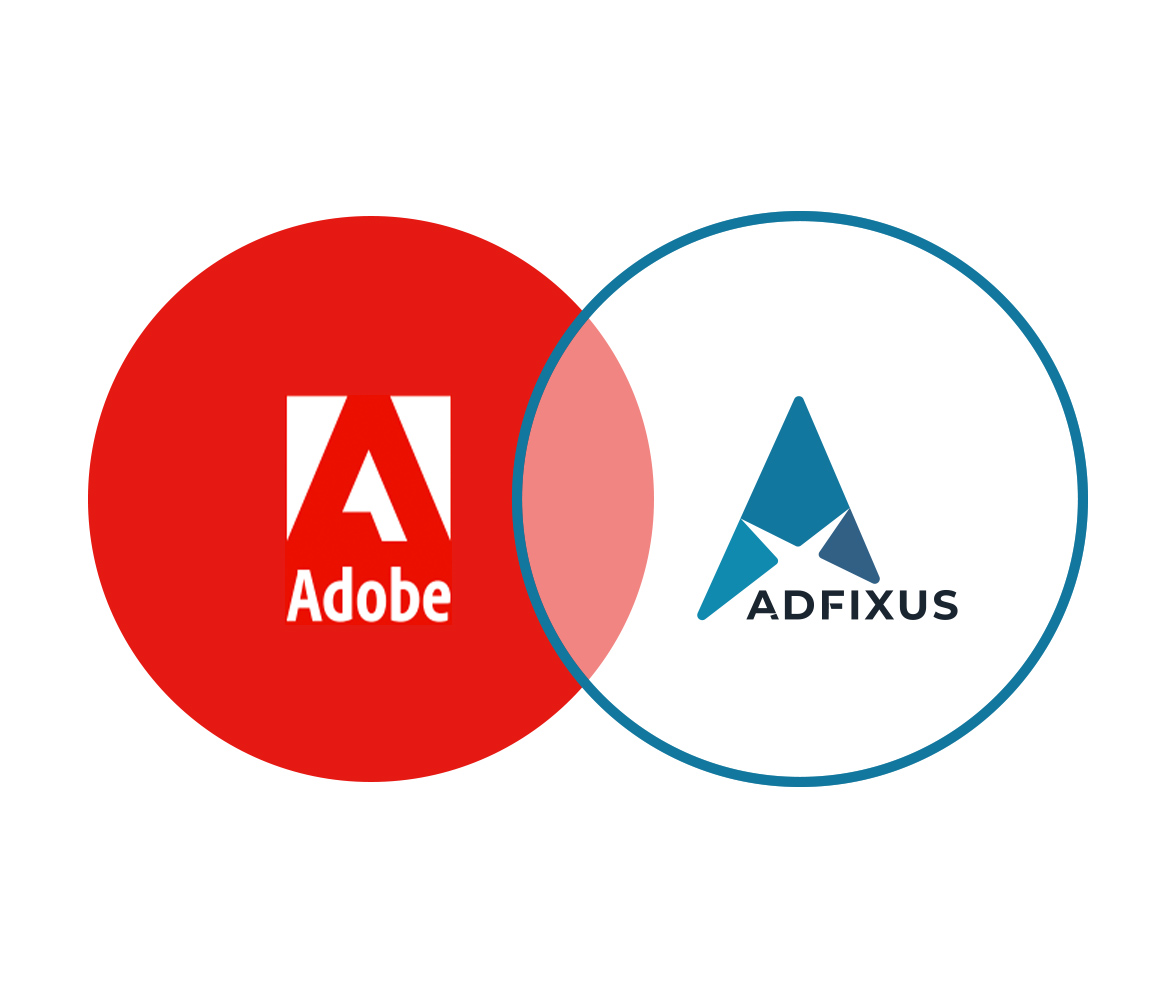Arvind Hickman | 16 May 2024 | D_Coded panel: 'If You Are A Marketer Handling Data And Haven't Spoken To Legal, You're In Trouble' - B&T (bandt.com.au)
At this week’s D_Coded event, News Corp’s product lead Pippa Leary hosted a panel (pictured above) at News Corp’s D_Coded event featuring LiveRamp senior VP, go-to-market Daniella Harkins, OMG Australia chief investment officer Kristiaan Kroon, Journey Beyond group manager of digital and loyalty Wade Stokes and AdFixus head of sales Roland Irwin.
When asked about how impending privacy laws will impact the industry, Kroon said: “We don’t know what we’re facing, apart from the government’s intent, which is that they think data sharing is bad.
“In the mid-term, it will then become ‘what is fair and reasonable’ (when it comes to IDs). That will become the most used term in our industry…the Attorney General has really zoned in on ‘what is fair and reasonable’ to do with data. It will not just be ‘can I do it’, but ‘how do I feel about my customer or a regulator deciding whether I should have done it?’
“That’s a real upgrade for us. It’s legal. It’s IT and that’s a conversation we have today with a lot of our major clients… we are going to see some chaos and plenty of fair and reasonable testing.”
Kroon pointed out that the media planning game has changed. It used to be about “how cheap is the inventory or how good is the quality”, but now there is a greater focus on the whole all parts of the planning and buying chain.”
“You need to talk around as the tech strategy and the data strategy,” he said. “Also, have you been to see your legal team? If you have not spent time with your legal team and you work in marketing and you have any data, then you have a real problem.”
Experiential tourism operator Journey Beyond is one company that has leaned into News Corp’s Intent Connect platform because an important part of its marketing effort is to target a very specific demographic of traveller that is interested in specific travel experiences, such as train tour on The Ghan.
“I think we’re going to see a really big difference between the haves and the have nots,” group manager of digital and loyalty Wade Stokes said. “And what I mean by that is those that have invested in their first party data strategy, and those that have not.
“You’re going to see that hyper-personalised customer experience all the way trends and all the way through from a customer journey perspective. But then on the flip side of that, you’re probably going to see some advertisers and some brands really lean on contextual at best.”
Stokes is also an advocate of digital marketers having “robust conversations with legal” and educating colleagues about the benefits and risks of data marketing.
“With News Corp, we tested the waters with one of our brands called Outback Spirit Tours. This is a small touring operator with a really high yield and huge repeat traveller rate, and a low volume of customers. When put all of these things together, you understand straight away that customer targeting is super important. We’re not going to go out to the masses, a 20 day $20,000 trip is not for everyone.
“So we needed to understand exactly who we were talking to from a retargeting perspective. So we tested the waters, we put our data in a saw a 60 per cent match rate, straight off the bat, which was great for us. And when we compared CTRs of activity from News Corp’s ecosystem compared to the typical purchase of display advertising, we saw 150 per cent increase.”
are marketeers the next baby reindeer?
LiveRamp’s Harkins said that in reality, signal loss is already a reality with most browsers outside of Chrome having already ditched the use of third party cookies. She said a constantly changing regulatory environment when it comes to privacy issues, means marketers have to consider signal loss holistically, rather than just focussing on third party cookies and privacy laws.
“We’re going to continually see pressure across the board on multiple different signals, IP being one of them. And so you can’t just look at the continually evolving regulatory landscape and not think that more is under threat.
“The industry needs to focus more about how do we prepare ourselves so that whatever happens, you’re not overly reliant on a signal on one identifier, so that you now can still run your businesses still generate the insights that you need.
In a user-centric era, she added: “Marketers are not going to spend 100 per cent on one platform or spend 100 per cent with a different walled garden, you need to diversify your media strategy.”
AdFixus head of sales Roland Irwin reminded the audience that not all cookies are bad and will be switched off. First party cookies – those that a brand can run, operate and collect back into its own ecosystem – are fine. It’s only third party cookies, whose days are numbered.
AdFixus allows brands to safely match clients’ first party data with data from a media owner – what could be described as a “match room”.
“When people are talking about running performance based campaigns, or outcome based campaigns, we can actually run that user between the two different operations and keep that in flight, all safely and securely with the data that is passed between the. This make sure campaigns are getting optimised all the way through,” Irwin said. “This allows you to take more control of your users data as well.”
Leary pointed out that is user-centric media landscape, marketers need to understand who their customers are, what they want, how they travel around the internet, “but they need to follow them around in a non-creepy way”.
She asked Stokes how digital marketers form the right partnerships to improve signal fidelity without being too creepy.
“It almost sounds like digital marketers need to be on the next episode of baby reindeer. Creepy is an interesting term to use because it [highlights the importance of] education internally. It’s pretty much the only way I think to describe what digital marketing does internally to people who don’t know the ins and outs of marketing. The line is going to be different for every individual. On the customer side, what it really comes down to consent and understanding what that customer signs up for and giving that to them.”













